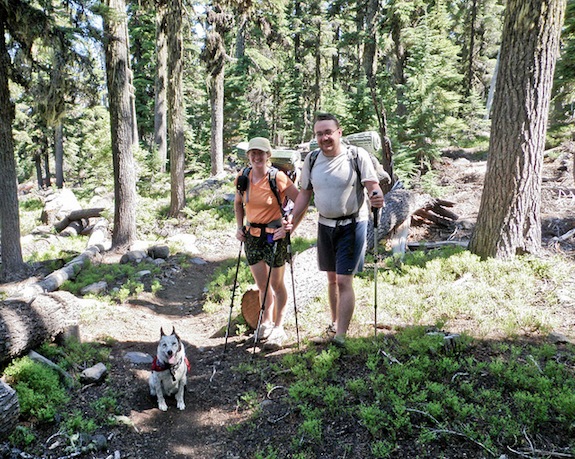Solving Climbing’s Diversity Problem
Seventy-eight percent of the Americans who took part in activities outdoors last year were white

Image: ex_magician
Picture a mountain climber, trekking up Mount Everest. Is he kind of burly? Does he have a beard? He’s probably a man—a white man. That’s about accurate: 78 percent of Americans who took part in activities outdoors last year were white. Only 37 percent of African American kids between 6 and 12 did any sort of outdoor sport, from hiking to fishing.
Expedition Denali, a group of teachers and students dedicated to promoting hiking and outdoor activities among minority groups, just ran a successful Kickstarter to fund 12 teachers and students who will become the first African American team to reach the top of Denali—North America’s highest mountain. Here is their video:
Other organizations are trying to increase the diversity of their outdoor groups as well. Outside Magazine reports on the National Outdoor Leadership School:
In 1994, the Lander, Wyoming, nonprofit devised a diversity program that has since doled out more than $1.5 million in scholarships to help get minority youth into its courses, which teach wilderness and leadership skills through extended adventure trips. “We work hard to recruit young people of color, but we still struggle,” says Aparna Rajagopal-Durbin, who manages NOLS’s diversity program. “There are many barriers, including the lack of role models.” That’s where Expedition Denali comes in, and NOLS has budgeted nearly $250,000 for the group’s efforts.
Another website, Outdoor Afro, tries to encourage minorities to get outdoors as well. The group’s founder, Rue Mapp, explains why she started Outdoor Afro in this NPR interview. Her site describes the group’s purpose this way:
Outdoor Afro is a social community that reconnects African-Americans with natural spaces and one another through recreational activities such as camping, hiking, biking, birding, fishing, gardening, skiing — and more!
Outdoor Afro disrupts the false perception that black people do not have a relationship with nature, and works to shift the visual representation of who can connect with the outdoors.
Together, these sites and expeditions hope to communicate with communities that don’t tend to participate in hiking, climbing, fishing and biking. And while they acknowledge that 12 people reaching the top of one mountain won’t solve all the problems, it can help raise awareness of the tiny numbers of minorities who hike in the first place.
More from Smithsonian.com:
America’s Smaller Cities Are Becoming More Diverse
Africa: Beyond the Stereotypes
/https://tf-cmsv2-smithsonianmag-media.s3.amazonaws.com/accounts/headshot/Rose-Eveleth-240.jpg)
/https://tf-cmsv2-smithsonianmag-media.s3.amazonaws.com/accounts/headshot/Rose-Eveleth-240.jpg)